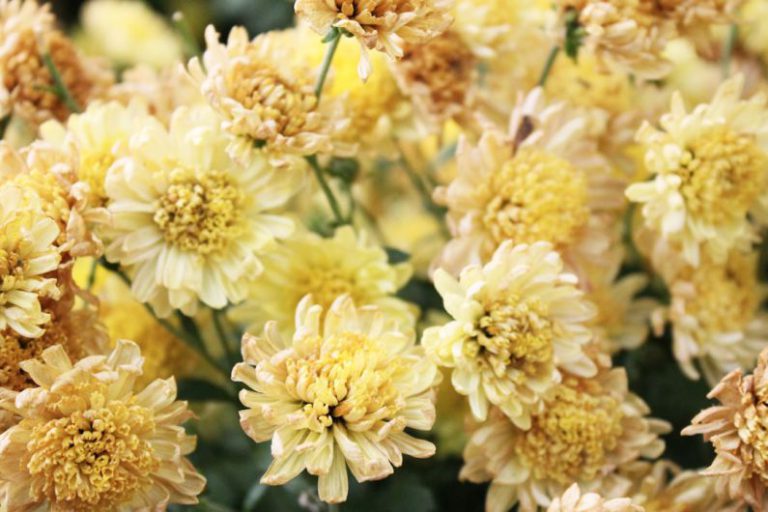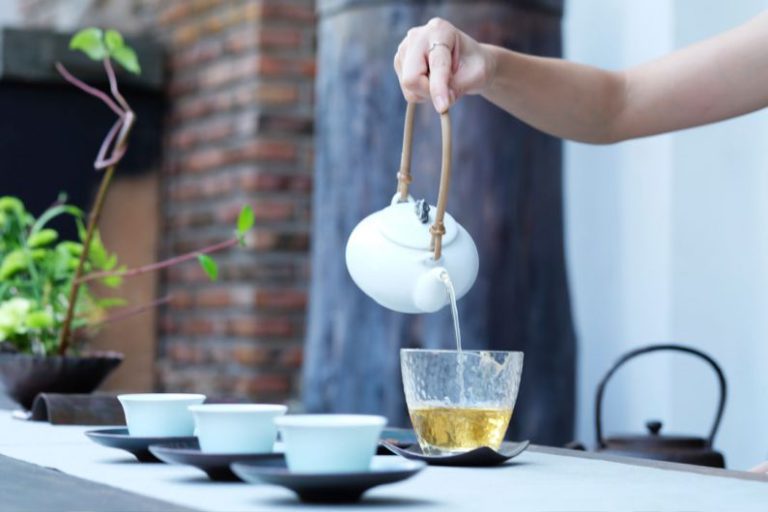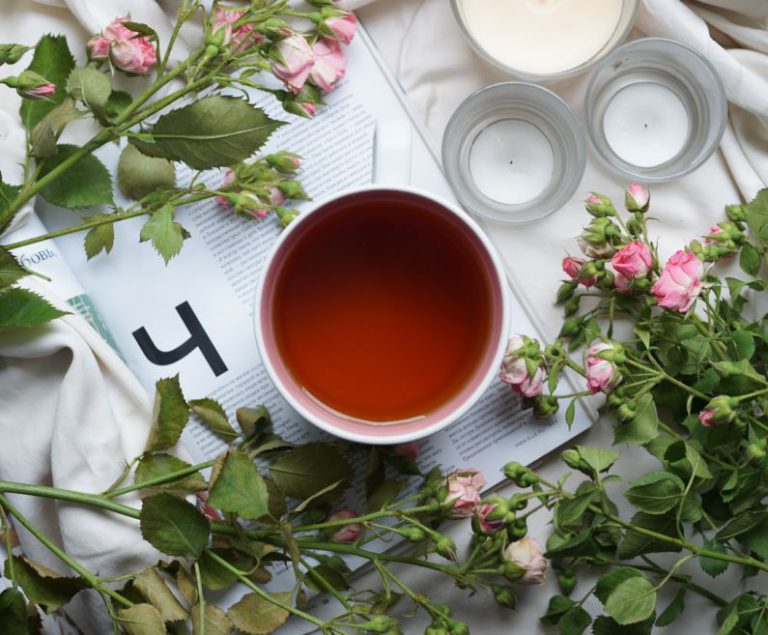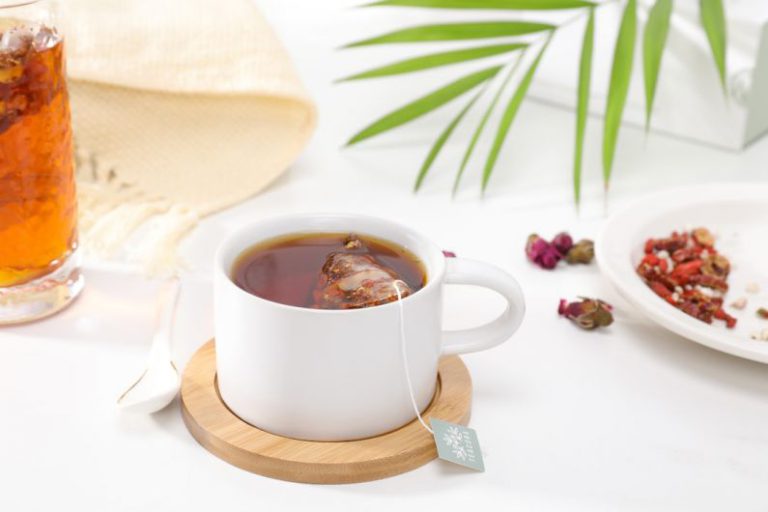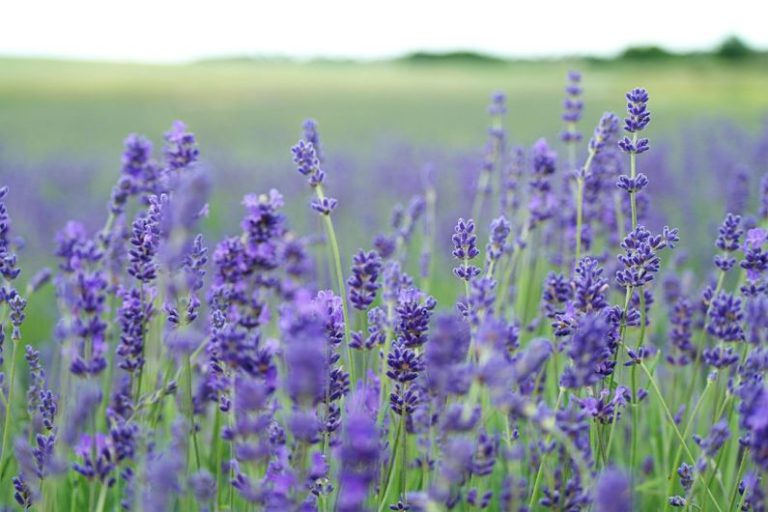The Diverse World of Flavored Teas: an In-depth Guide
Tea has been enjoyed for centuries for its soothing properties and diverse flavors. While traditional teas like black, green, and white remain popular, the world of flavored teas offers a delightful twist for those looking to explore new taste sensations. From fruity blends to spicy infusions, flavored teas cater to a wide range of palates. In this in-depth guide, we will delve into the diverse world of flavored teas, exploring the different types, flavor profiles, and brewing techniques to help you navigate this flavorful landscape.
Exploring Flavored Tea Types
Flavored teas come in a variety of types, each offering a unique taste experience. One popular type is fruit-infused teas, where dried fruits like berries, citrus, or tropical fruits are blended with tea leaves to create a refreshing and fruity brew. These teas are often enjoyed hot or iced, making them a versatile choice for any time of year. Another type is floral teas, which combine delicate flowers like jasmine, rose, or lavender with tea leaves to create a fragrant and aromatic cup of tea. Floral teas are known for their calming properties and subtle, floral notes that linger on the palate.
Spicy teas are another category of flavored teas that add a kick of warmth and complexity to your tea experience. Ingredients like cinnamon, ginger, cardamom, and cloves are commonly used to create spicy teas that are perfect for chilly days or when you need a comforting drink. These teas are often paired with milk or a sweetener to enhance their flavors and create a rich and indulgent beverage.
Sweet teas are a favorite among those with a sweet tooth, as they offer the perfect balance of tea and sweetness. Ingredients like vanilla, caramel, honey, or chocolate are often used to create sweet teas that satisfy cravings for something indulgent. These teas can be enjoyed on their own or paired with desserts for a truly decadent experience.
Brewing and Enjoying Flavored Teas
When it comes to brewing flavored teas, there are a few key tips to keep in mind to ensure you get the most out of your tea experience. The quality of water is crucial, as using filtered water will help to enhance the flavors of the tea and prevent any unwanted tastes from affecting the brew. It’s also important to pay attention to brewing time and temperature, as different types of tea require specific brewing conditions to bring out their best flavors.
Experimenting with different brewing techniques, such as steeping times and water temperatures, can help you discover new flavor profiles and aromas in your favorite teas. For example, a floral tea may benefit from a shorter steeping time to avoid a bitter taste, while a spicy tea may require a longer infusion to fully develop its complex flavors. Don’t be afraid to play around with brewing methods to find the perfect balance for your taste preferences.
Pairing Flavored Teas with Food
One of the joys of flavored teas is their versatility when it comes to pairing them with food. Fruity teas like berry blends complement light and fruity desserts, while spicy teas are a perfect match for hearty dishes like curries or stews. Sweet teas can be enjoyed with a range of treats, from chocolate cake to scones with clotted cream.
When pairing flavored teas with food, consider the intensity of flavors in both the tea and the dish to create a harmonious balance. Experiment with different combinations to find your perfect pairing and enhance your culinary experience.
In conclusion, the world of flavored teas offers a diverse and exciting array of options for tea enthusiasts looking to explore new tastes and aromas. Whether you prefer fruity, floral, spicy, or sweet teas, there is a flavored tea out there to suit your preferences. By experimenting with different brewing techniques and pairing teas with food, you can elevate your tea-drinking experience and discover a world of flavors waiting to be explored. So grab your favorite teacup and embark on a flavorful journey through the wonderful world of flavored teas.

